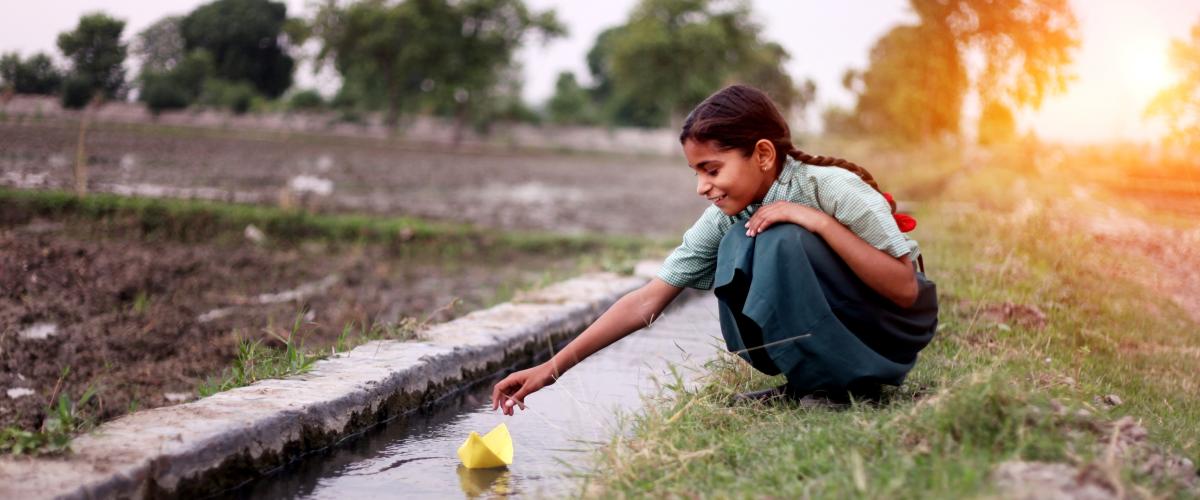
News
By 2050, Fiji’s annual losses due to extreme weather events could reach 6.5 percent of GDP because of the impact of climate change, with more than 32,000 people pushed into hardship every year.
RMS, the world’s leading catastrophe risk management firm, today announced that governments will have free access to RMS(one)®, the company’s real-time exposure and risk management platform, to directly access catastrophe models from both public and priva
Could social media be useful in tackling the challenges posed by natural calamities? The answer is yes, as a World Bank team, found out from the response elicited from the officials during the devastating Hudhud cyclone.
Residents of cities in developing countries risk plunging further into poverty by 2030 if urban leaders do not take advantage of global pools of capital to finance urban resilience, according to a report by the World Bank and the Global Facility for Disas
An expert review has been launched to determine how effective the Caribbean’s early warnings were during the 2017 hurricane season in order to strengthen resilience against future disasters.
The Southwest Indian Ocean Risk Assessment and Financing Initiative (SWIO RAFI) will be launched during the fifth Regional Platform for Risk Transfer Mechanisms (April 28-30), hosted by the Indian Ocean Commission (IOC).
The WMO and GFDRR convened a roundtable to address the urgent need for more investment in hydromet services.
Natural disasters push 26 million people into poverty and cost the world about $520 billion every year — which is about 60 percent lower than is usually reported, according to a new World Bank study.
Updating early warning systems to keep pace with the fast increase in extreme weather events is vital in the struggle to prevent disasters and save lives.
The Cook Islands Government has confirmed its participation in the Pacific Catastrophe Risk Insurance Pilot (PCRIP), which was renewed for its third season with five other Pacific island countries.
